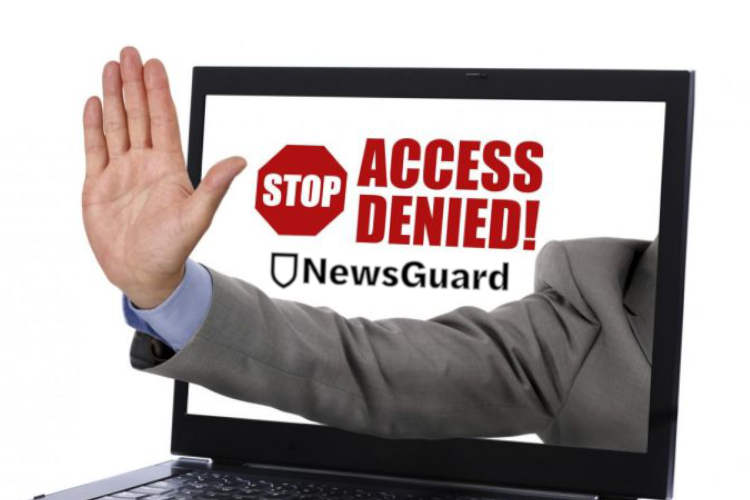The advertising landscape on X (formerly Twitter) has seen notable shifts recently, with some major brands gradually returning to the platform after a period of heavy boycotts primarily influenced by concerns over hate speech and antisemitism. Prominent companies like Comcast, IBM, Disney, Warner Brothers, Discovery, and Lionsgate Entertainment have resumed ad spending, but their financial commitment remains significantly lower than previous years. From January to September 2024, these companies collectively allocated under $3.3 million on X, which represents a stark contrast to the $170 million spent during the same timeframe in 2023. This suggests that the initial decisions to withdraw advertising were perhaps more symbolic than substantive. Despite ongoing challenges, the political landscape, particularly in light of the upcoming 2024 elections, may play a role in altering advertisers’ strategies.
Max Willens, a senior analyst at Emarketer, suggested that X’s owner is in a unique position, having established connections with key political figures, specifically the president-elect. This access may indirectly boost X’s advertising prospects, as marketing executives may see value in maintaining a presence on a platform closely aligned with potential political influence. A global survey by Kantar indicated that about 26% of senior marketers plan to further reduce their spending on X in 2025, hinting at an ongoing reevaluation of the platform’s efficacy and safety. However, this may change as advertisers reassess the risks and rewards associated with advertising during a politically charged environment.
The recent developments have also drawn attention to the role of a perceived “woke cabal” of advertisers that some accuse of censoring conservative voices. FCC Commissioner Brendan Carr addressed major tech companies and called out their participation in what he termed a “censorship cartel.” This cartel reportedly involves technology firms, social media platforms, and even marketing organizations, collaborating to limit the visibility of certain viewpoints or ideologies across the internet. Furthermore, Carr’s remarks highlighted concerns regarding Section 230, which grants technology companies immunity from liability for content posted by users, stipulating that protections are contingent upon companies acting in good faith.
This complex situation escalated with Carr’s focus on NewsGuard, a company that claims to evaluate the credibility of news sources. NewsGuard has faced criticism for allegedly targeting conservative outlets while promoting their evaluation services as essential for advertisers wishing to avoid misinformation. Carr pointed out that NewsGuard’s methodology, which involved penalizing sites discussing controversial topics, raises questions about the organization’s good faith and by extension, the validity of the protections provided under Section 230. His assertion that NewsGuard’s ratings may contravene the principles of good faith expected under the law could have significant implications for tech companies that rely on their assessments for advertising decisions.
Carr’s letter outlined specific inquiries to major companies like Microsoft, Alphabet (Google), Apple, and Meta regarding their relationship with NewsGuard and how they utilize its ratings. These questions aimed to scrutinize whether their operations could be construed as good faith under the standards of Section 230. Companies were asked to clarify their use of NewsGuard’s products, specifically regarding advertising services, and to detail the nature of those associations. This marks a pivotal moment as Carr’s inquiry puts pressure on these entities to justify their reliance on potentially biased rating systems and to reconsider the implications of their censorship practices.
Overall, it appears there is a growing backlash against the censorship of conservative views within advertising landscapes, as indicated by both Carr’s actions and changes in marketing strategies toward X. The evolving relationship between advertisers and social media platforms poses important questions about the effectiveness of content moderation, the integrity of advertising decisions, and the balance between free speech and the need to regulate harmful content. As advertisers begin to reassess their spending in light of political climates and censorship issues, it remains to be seen how these dynamics will shift in the lead-up to significant electoral events.

